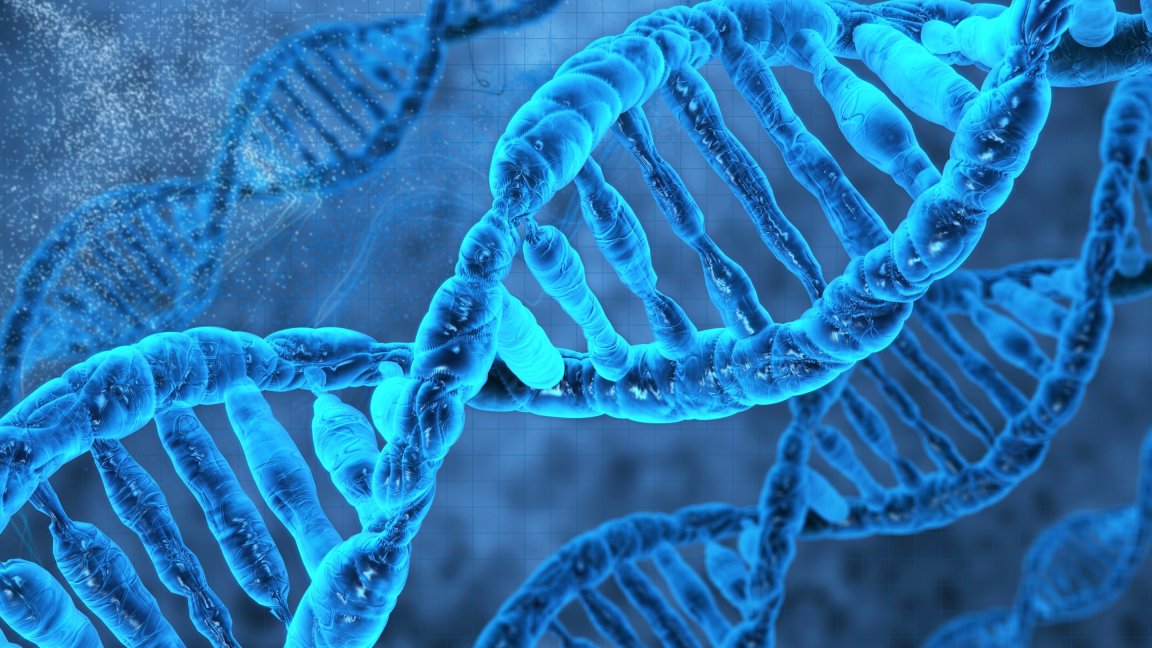
The Littlest Genome
In new research published today in the journal Science, famed genomicists J. Craig Venter and Clyde Hutchison show how they have managed to assemble a functional living organism with only the barest genomic complement—just 473 genes, enough to live but nothing more.
The achievement is a milestone in genomics research and biological engineering, and may open up new avenues in the intelligent manipulation of living things. In 2010, the same team proved that it was possible to create synthetic life; now, by using such an exiguous genome, researchers can better understand exactly what each gene does.
Even so, the functions of about 1/3 of the genes of the new organism—christened “JCVI-syn3.0” by its creators—remain unaccounted for.
“There were 149 genes of unknown function,” Venter observes. “We expected maybe 5 or 10 percent. I don’t think anyone would have imagined getting down to a minimal cell with 32 percent.”
Which suggests that, despite all our remarkable prowess in creating synthetic life, there’s still a great deal left to learn.
New Possibilities
The team created the organism by using a Mycoplasma bacterium, which already possesses the smallest known genome of any self-replicating cell. They created the “no-frills” genome through a simple, but laborious, trial-and-error process, determining which genes were essential to life by disrupting their functions and separating the crucial from the non-crucial genes.
The new genome is not by any means the smallest possible—it’s the minimum complement possible for its type of organism, but smaller genomes are certainly conceivable for other species of living things, for example, yeasts and potential future synthetic organisms.
And the research has applications beyond merely deciphering life’s genetic encyclopedia. It conduces to a major aim of Venter’s research institute—translating the information locked within nucleic acids into digital code, so that it can be transmitted anywhere in the world and then “downloaded” via a kind of 3D printer into a synthetic organism.
Which may not sound all that remarkable, but it could mean tailor-made organisms for agriculture, medicine, and even biocomputing. Not to mention the far-out prospect of faxing back to Earth the digitized genomes of any organisms potentially discovered on Mars or Titan, or anywhere in the solar system, and reassembling the alien critters in the lab.
But that’s for the future. For the time being, scientists will stick with baby steps—but this is certainly a major one.
Learn more about genetic sequencing and the first synthetic bacterial cell in the video below.
